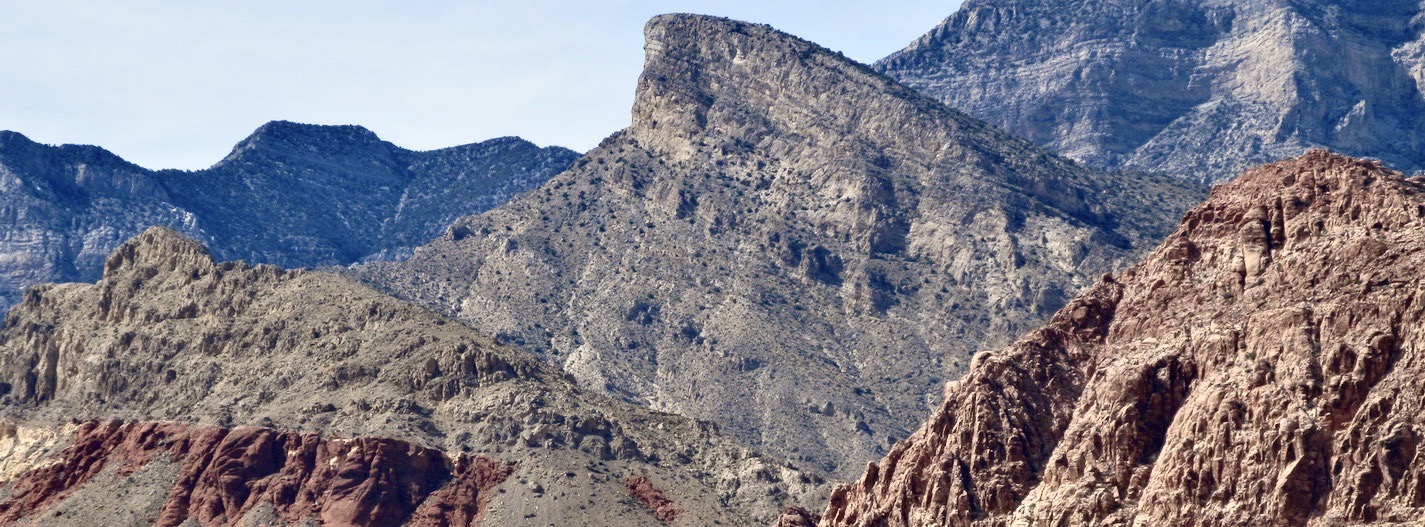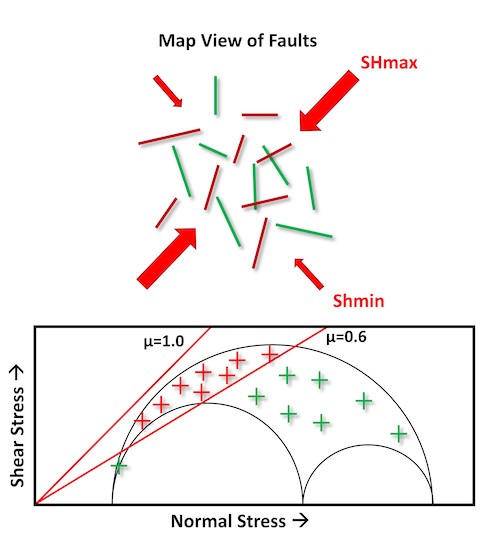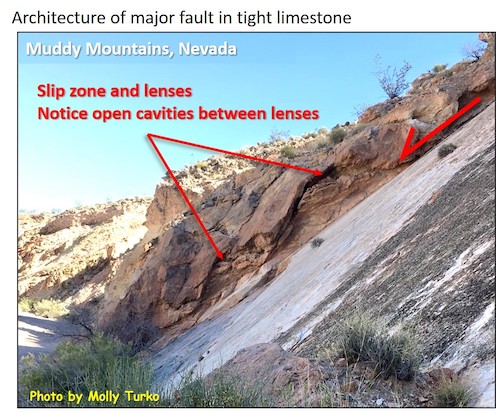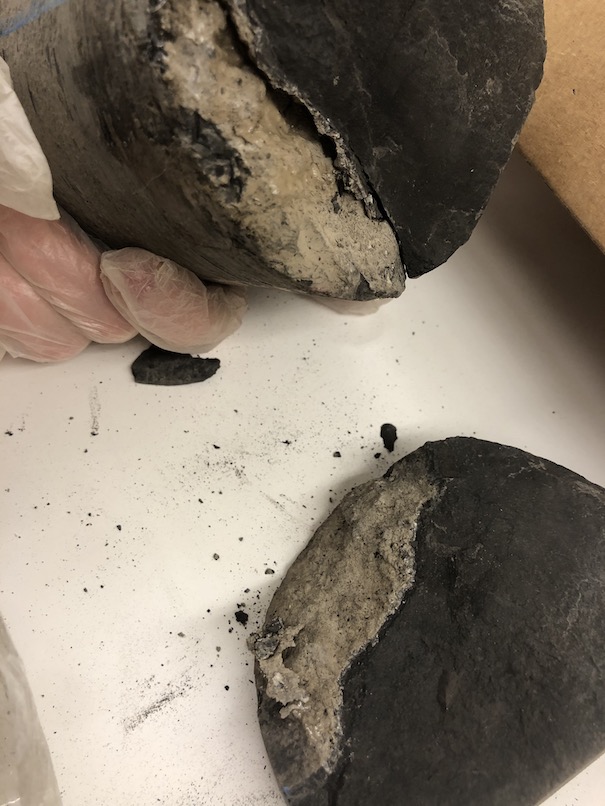
Understanding Hydrocarbon Exploration from a Structural Perspective
Course Details
This is an introductory course to risk evaluation with a strong focus on the structural geology aspects and inputs. Many elements of the petroleum system can be risked from each individual element up to a final risk value for the entire play or prospect area. In many companies this risk value is added to the portfolio to determine future exploration and development plans, commonly referred to as Pg or chance of geological success. In this class we will break down the Petroleum System Elements (PSE) and discuss how structural geology impacts each one. We will then conduct several exercises that help participants quantify the risk for each element, and how that value relates to the final risk value for a play or prospect. We will also spend a day discussing geohazards, their impact on operations, and possible ways to avoid them.
Who Should Attend
Geologists, Geophysicists, and Management making decisions on exploration and development plans. Those wanting to learn more on geologic risk and how it is quantified, and those who want a stronger awareness in how structural geologists can impact a prospect and play evaluation.
Need more information?
Course Outline
Day 1
I. Introduction to the PSE’s and how each of these elements are vital to a successful prospect or play.
II. Discussion on the role and impact of structural geology on each of these elements.
III. Exercises on defining the trap for both conventional and unconventional plays.
IV. Exercise and discussion on seal and fault seals using paleo pressure and stress curves.

Day 2
I. Using the tectonic history to determine timing on migration, fault activity, and uplifts resulting in breached seals.
II. Introduction to risk values and what they mean for your company portfolio.
III. How a structural geologist can provide input on the risk value and their role in the evaluation process.
IV. Exercise on how to risk a play/prospect based on data availability and what that data tells us.

Day 3
I. Structural geology risks unrelated to the PSE’s and common geohazards that impact drilling, completions, and production.
II. Induced seismicity studies
III. Fluid conduits via faults and fractures resulting in mud loss and well connectivity.
IV. Wellbore stability issues related to structural geology and other potential culprits.
V. Geohazard exercises.

This course can be taught in-house at your office – please contact us for pricing.


